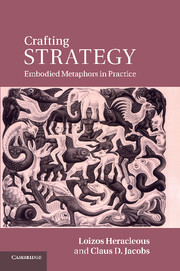Preface
Published online by Cambridge University Press: 05 June 2011
Summary
Over the years, we have felt that whereas the technologies and analytical frameworks of strategic planning have been highly developed and refined over time, the complementary, creative, exploratory processes of strategic thinking remain fragmented, under-specified and under-employed by organizations. Strategic planning, through its employment of matrices, frameworks, graphs, numbers, and other complexity-reducing devices, engages a rational, objective, structured, analytical, convergent mindset and associated practices that many organizational members consider abstract and distant from their daily work. Further, strategy development in most organizations has been dominated by routinized processes of strategic planning as well as structured, functionally oriented managerial debates without an obvious or explicit component of creative strategizing.
Strategic thinking on the other hand, through its engagement of art, the body, role-playing, and reflective dialogue that seek to surface and explore systemic and holistic perspectives on management challenges, engages a creative, divergent, and synthetic mindset. In our experience this type of strategizing is often a useful way to achieve direct involvement in, and engagement with, strategizing processes as well as highlighting sensitive organizational and strategic issues that conventional planning may not readily be able to. Strategizing processes here are energizing, memorable, and colorful. Practices of synthetic, divergent thinking however have largely remained the domain of creativity gurus without a sound theoretical basis, and no credible linkages with organizational strategizing processes. Both conceptually and empirically, few scholars have aimed to explore the potential of doing justice to the creative act of strategizing.
Information
- Type
- Chapter
- Information
- Crafting StrategyEmbodied Metaphors in Practice, pp. xv - xxPublisher: Cambridge University PressPrint publication year: 2011
